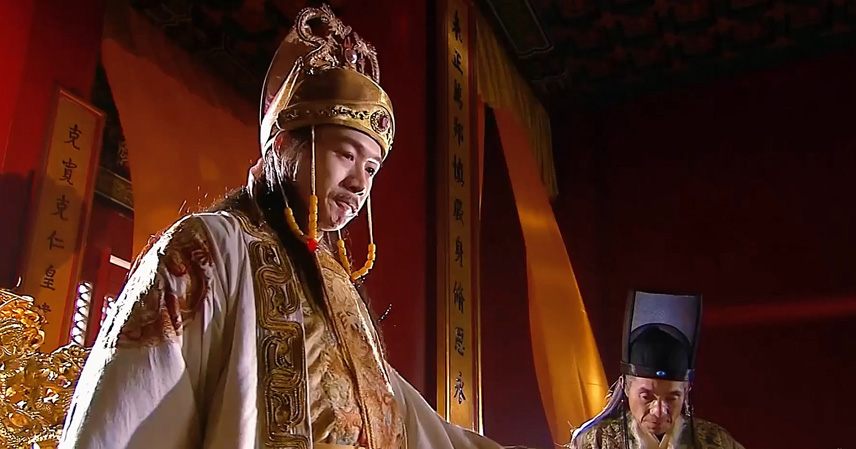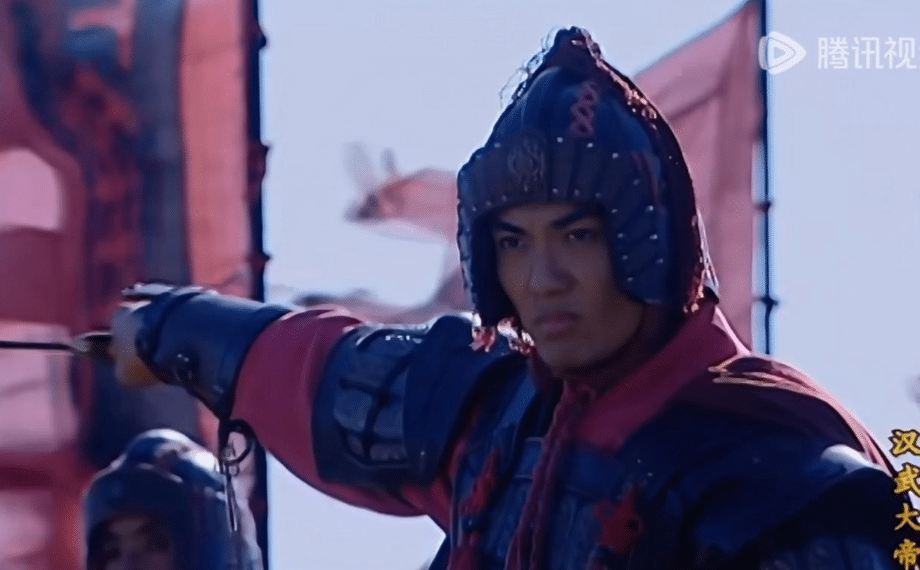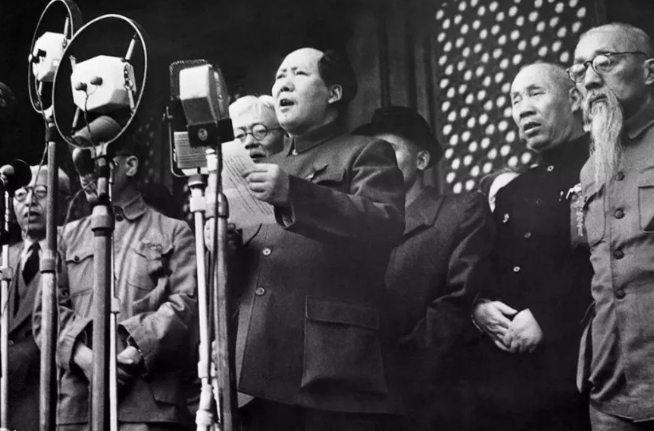On the night of March 18, 1644, Emperor Chongzhen summoned his ministers to the palace, his face haggard and filled with despair. He proposed, “Why don’t we all end this together in Fengxian Hall?” His words were met with silence; not a single minister responded. Overwhelmed by grief and resentment, the emperor staggered out of the hall.
Outside Beijing, the city was encircled by the Dashun army, with flames lighting the sky and cannon fire shaking the earth. The Forbidden City teetered on the brink of collapse amid the sounds of battle, and the emperor’s fate was sealed. How would Chongzhen choose to end his life and the Ming Dynasty in this desperate moment?
The capital’s defenders had already lost all morale. The area around Qihua Gate collapsed without a fight, and panic gripped the populace. Inside the palace, Chongzhen wandered aimlessly, crying out, “My ministers, inside and out, have failed me!” At times sobbing, at times running frantically, he seemed to lose his grip on reason. As night fell, Li Zicheng ordered a fierce assault on the Forbidden City. The eunuch general Cao Huachun surrendered at Zhangyi Gate, and with the outer city lost, the inner city hung by a thread.
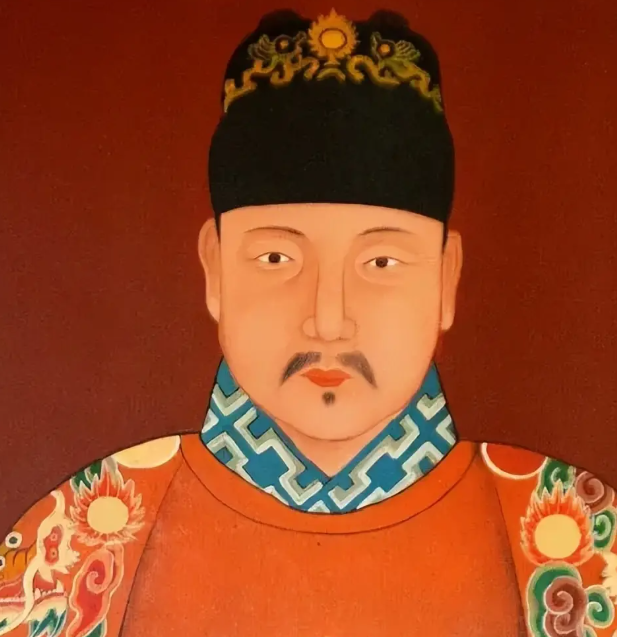
Realizing the situation was beyond salvation, Chongzhen refused to accept defeat. He issued an edict for a personal expedition, claiming he would lead the defense himself, though it was a pretext for escape. Yet, he had no soldiers left—only unarmed eunuchs accompanied him. Armed with a three-barreled musket, Chongzhen reached Anding Gate, only to find the guards scattered and the enemy closing in. Escape was impossible, and he returned dejectedly to the palace.
Back in the palace, Chongzhen seemed to accept that the end had come. He ordered a banquet and summoned his consorts and children. The meal became their farewell. Amid incessant weeping, Chongzhen raised his cup, his expression numb: “It has come to this; we may as well die.”
Empress Zhou returned to her quarters and hanged herself. Witnessing his wife’s sacrifice, Chongzhen murmured, “Good, good.” Turning to his daughters, his eyes filled with anguish, he said, “Why were you born into an imperial family?” He struck down Princess Zhaoren with his sword. Princess Changping tried to intervene but was gravely wounded, her arm severed and bleeding profusely. For his sons, Chongzhen chose a different path, sending his three princes to their maternal relatives’ homes, hoping they might escape and preserve a chance for the dynasty’s restoration. Tragically, the princes were later captured by Li Zicheng.
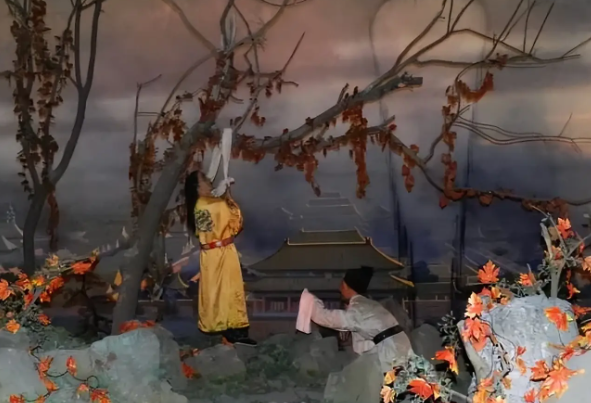
As the night deepened, the Forbidden City was stained with blood. Palace staff and eunuchs fled in droves, and citizens watching from afar knew the imperial city’s fall was imminent.
After midnight, Chongzhen, accompanied by his loyal eunuch Wang Cheng’en, fled through Shenwu Gate and stumbled up Meishan (Coal Hill). In his haste, he lost one shoe. No longer clinging to hopes of a miracle, he saw death as the only way to preserve his dignity.
Under a crooked tree, he hanged himself with a sash. Wang Cheng’en knelt, kowtowed, and followed his master in death. Below, cannon fire roared as the Dashun army breached the city.
Chongzhen’s death marked the end of the Ming Dynasty. Li Zicheng entered the Forbidden City, where most eunuchs surrendered but were given no significant roles. The Dashun army found the three princes, dressed them in new clothes, and imprisoned them in Liu Zongmin’s camp.
Li Zicheng’s greatest concern was Chongzhen’s whereabouts. He ordered a citywide search, but no trace was found. Rumors swirled: some said the emperor fled south, others claimed he drowned, or hid in a minister’s residence. On March 22, Chongzhen’s body was discovered on Meishan, his face covered by hair, clad in white, one foot bare, the other in a red shoe. Only then did Li Zicheng breathe a sigh of relief. Empress Zhou’s body had already been found in Kunning Palace. Both corpses were displayed in a straw shed outside Donghua Gate for public viewing.
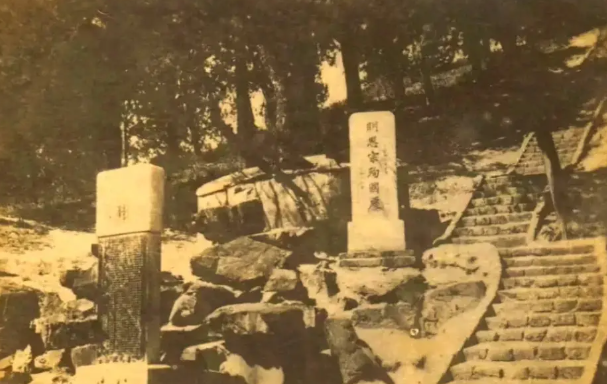
The sight of the emperor’s body in the street chilled many hearts. Only twenty or thirty former officials came to pay their respects; most avoided the scene, fearing repercussions. Liu Yangzhen, an official from the Ministry of War, took pity and purchased a simple coffin at his own expense to give the emperor and empress a basic burial. However, the final resting place required Li Zicheng’s approval. To appease the populace, Li Zicheng ordered a reburial in red and black lacquered coffins, granting a semblance of dignity.
Zhao Yigui, an official from Changping Prefecture, recorded in Zhuang Zhongzhou that he was tasked with assisting in the burial. Chongzhen had no prepared mausoleum, as geomancers had failed to select a site during his reign. Zhao and local residents raised 340,000 coins and worked tirelessly, finally burying the emperor and empress on April 4 in the tomb of Consort Tian at Yinquan Hill, Changping. Consort Tian’s coffin was moved to a side chamber, and the imperial couple’s coffins were placed in the main chamber, sealed without ceremony. The burial was rushed but done with the utmost effort.
Li Zicheng’s regime, however, was unstable. In early April, Wu Sangui led Qing forces through Shanhai Pass, crushing the Dashun army. Li Zicheng fled Beijing, retreating south, and was eventually killed by local militia in Hubei’s Jiugong Mountain. The Dashun regime lasted mere months.
On May 2, Qing forces entered the Forbidden City. Regent Dorgon, aware of the need to win over the populace, ordered three days of mourning for Chongzhen, posthumously titling him “Emperor Huaizong Duan.” The Qing court reburied Chongzhen and Empress Zhou in Consort Tian’s tomb with imperial honors, renaming it “Siling.” This increased the Ming Tombs from twelve to thirteen.
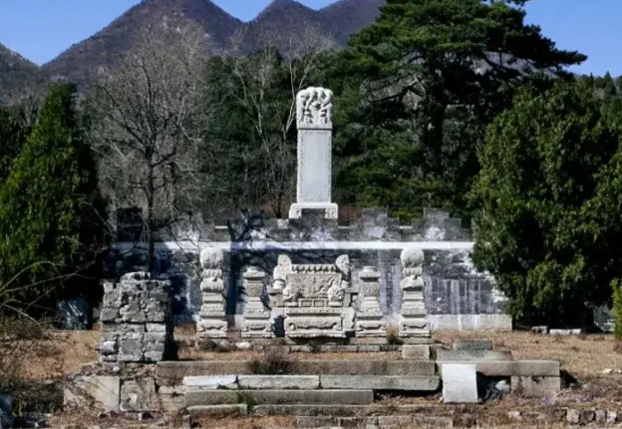
After the fourth year of Shunzhi’s reign, to appease Ming loyalists, the Qing claimed they had not seized power from the Ming but had overthrown Li Zicheng to “avenge the Ming.” They protected the Ming Tombs and renovated Siling. Under Kangxi, Yongzheng, and Qianlong, funds were allocated for further repairs, preserving the site.
Thus, Chongzhen’s burial was finalized. Ironically, an emperor who could not prepare his own mausoleum in life was laid to rest in the Ming Tombs under the arrangements of a foreign dynasty. Chongzhen’s dignity, in the end, was granted by the Qing.

